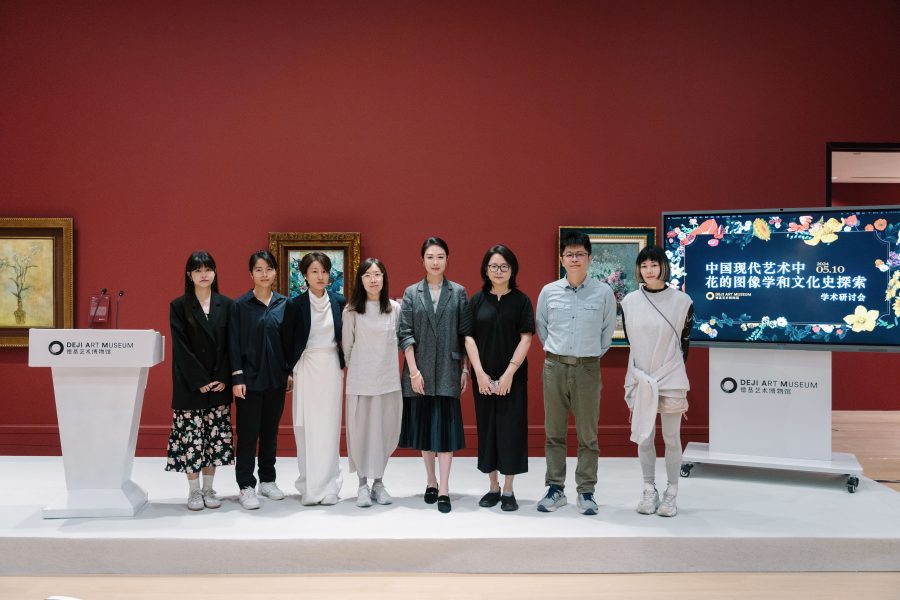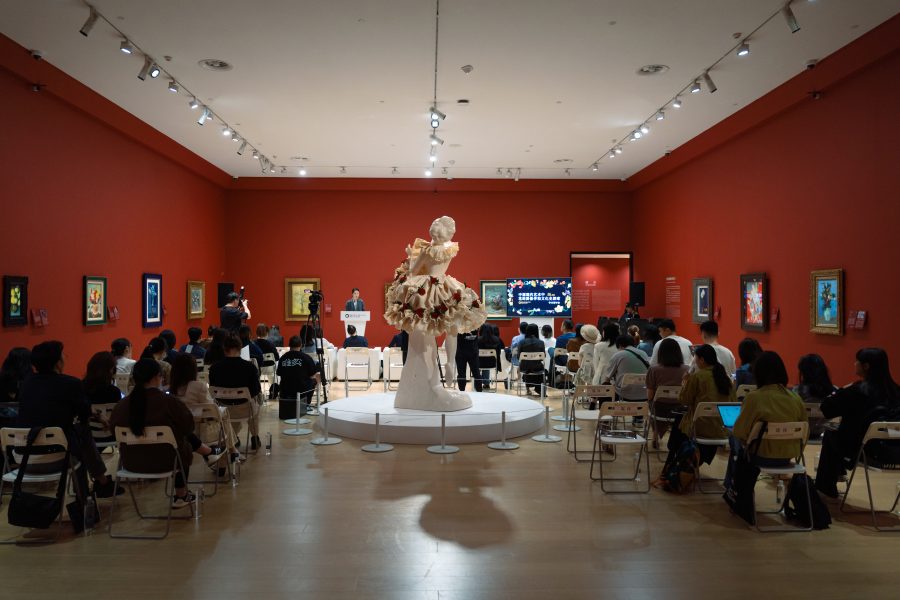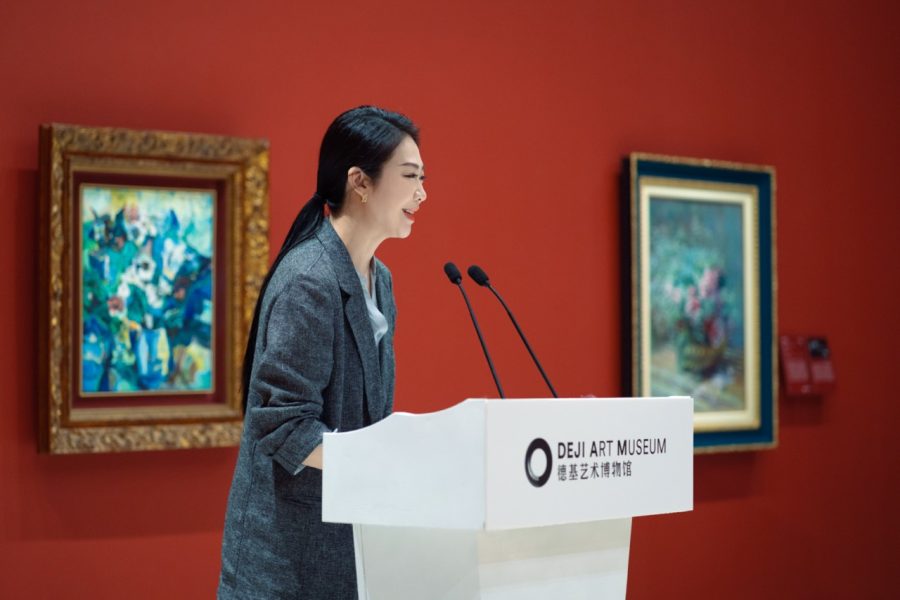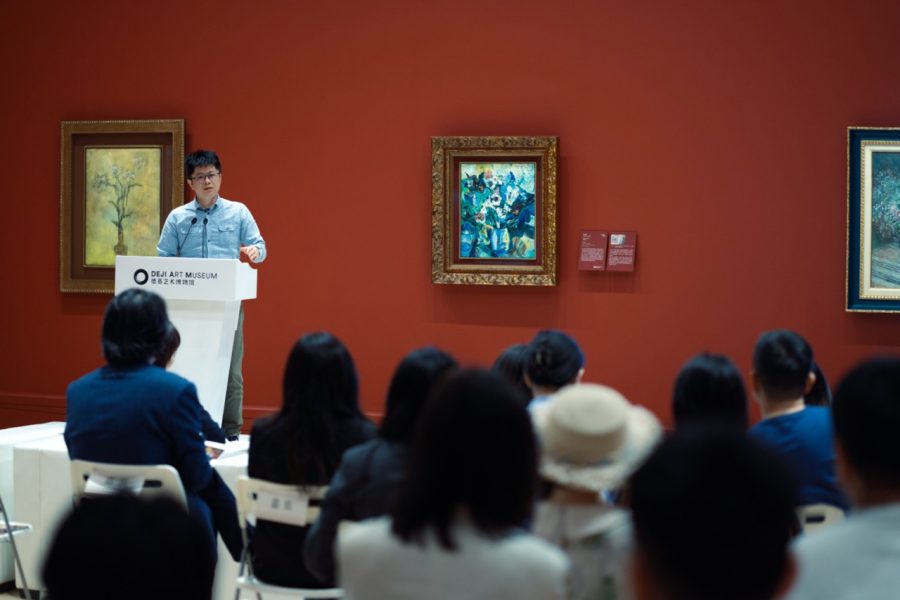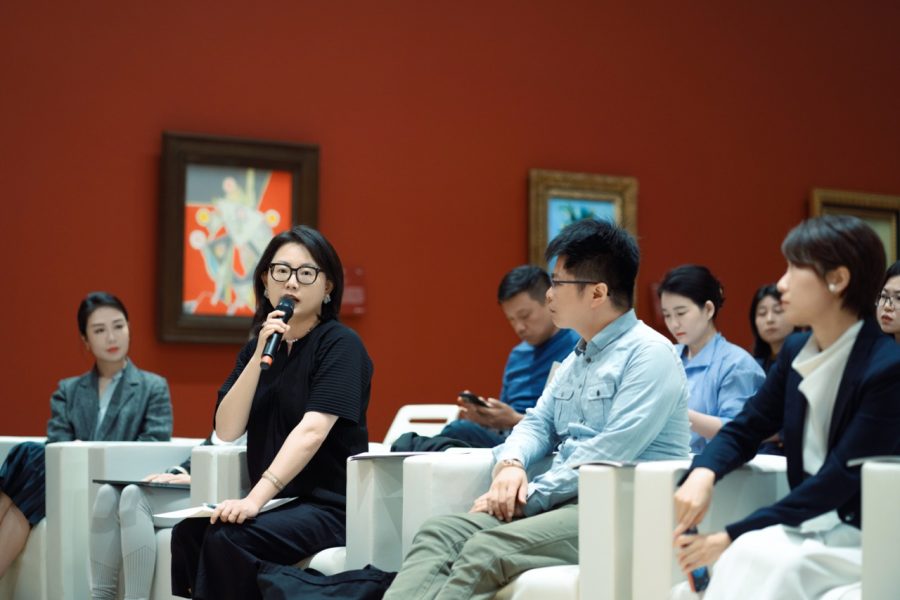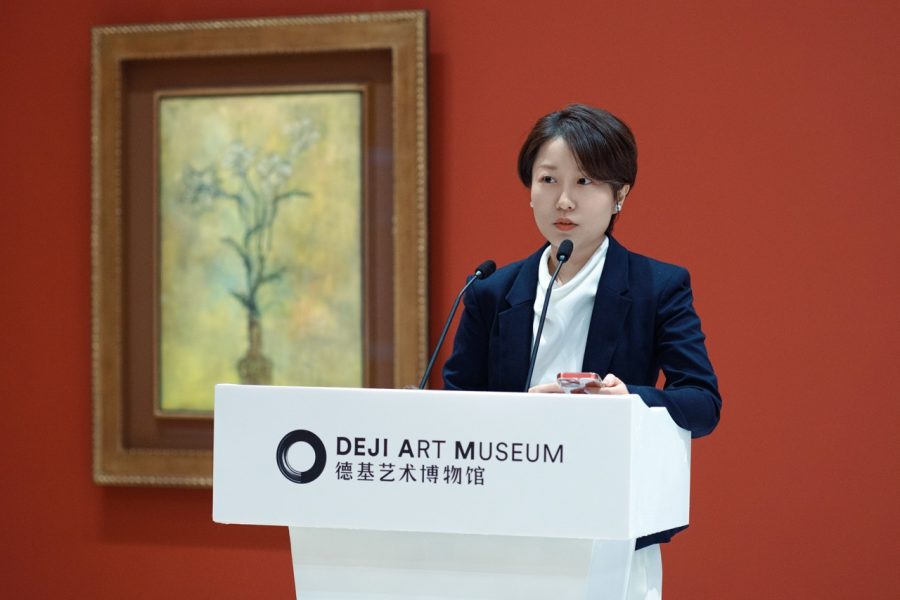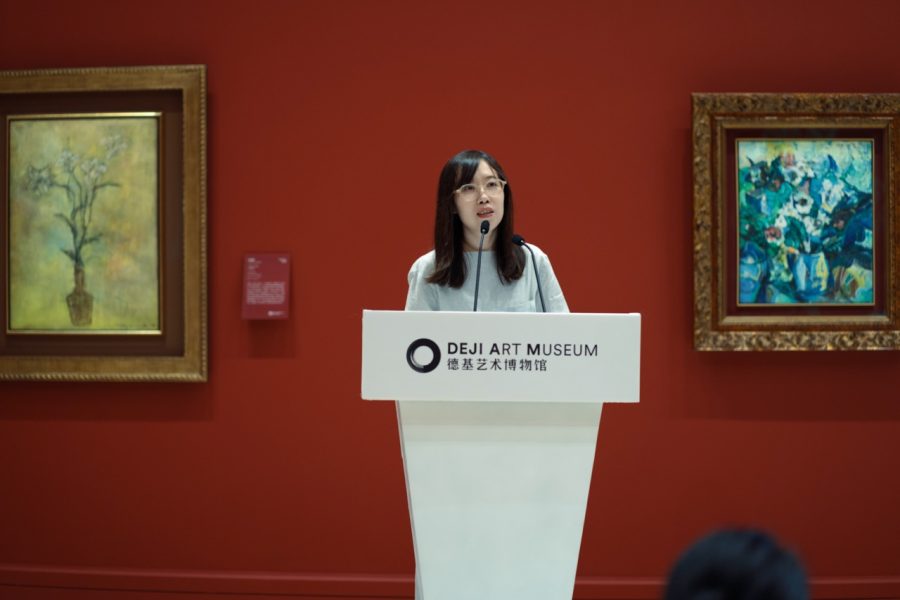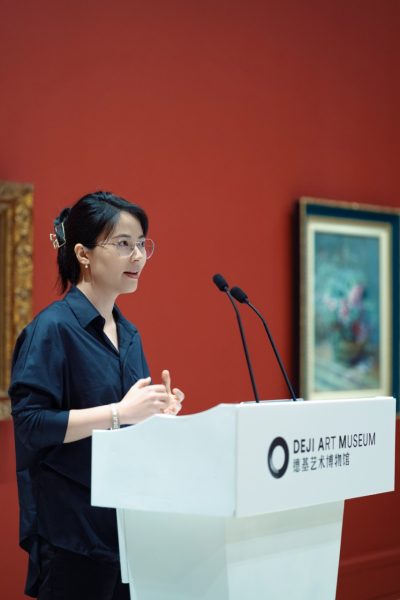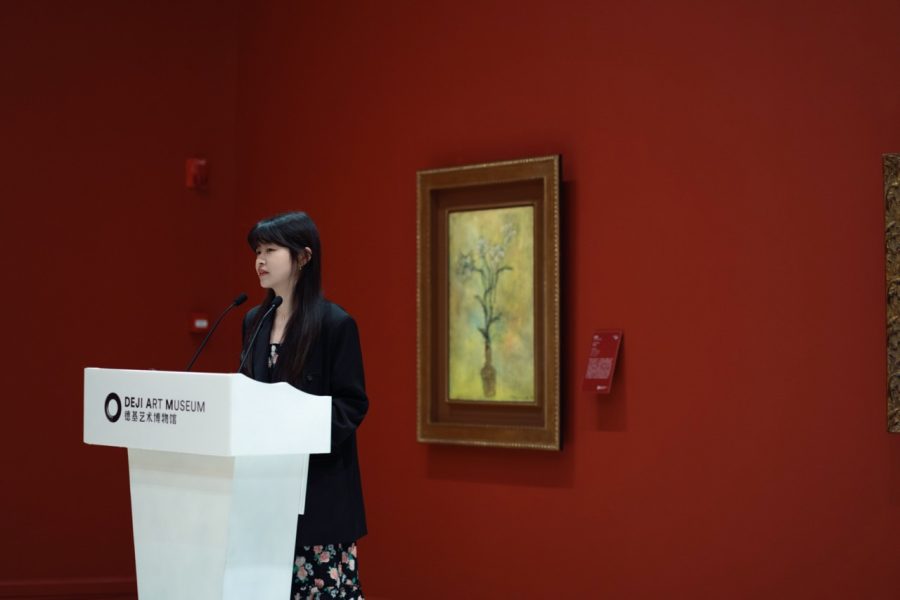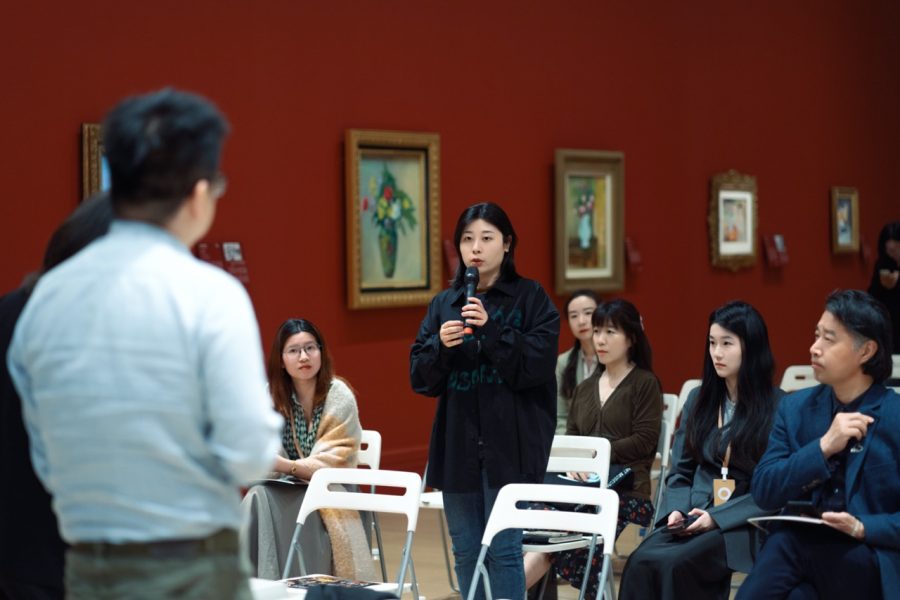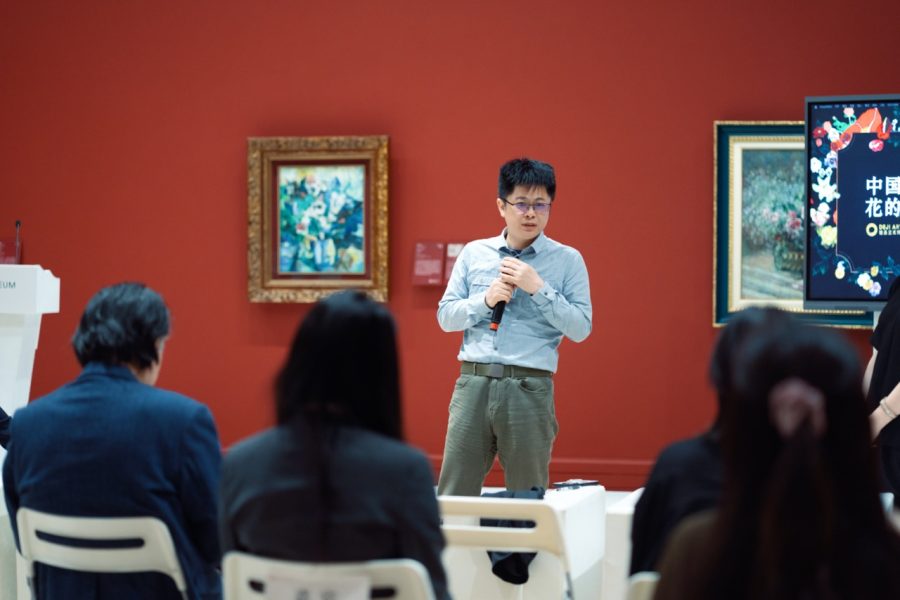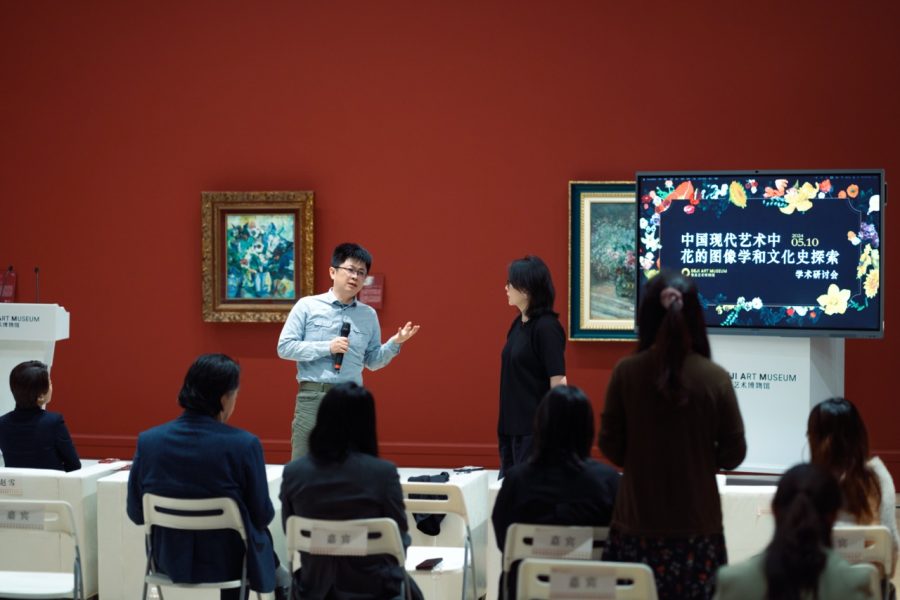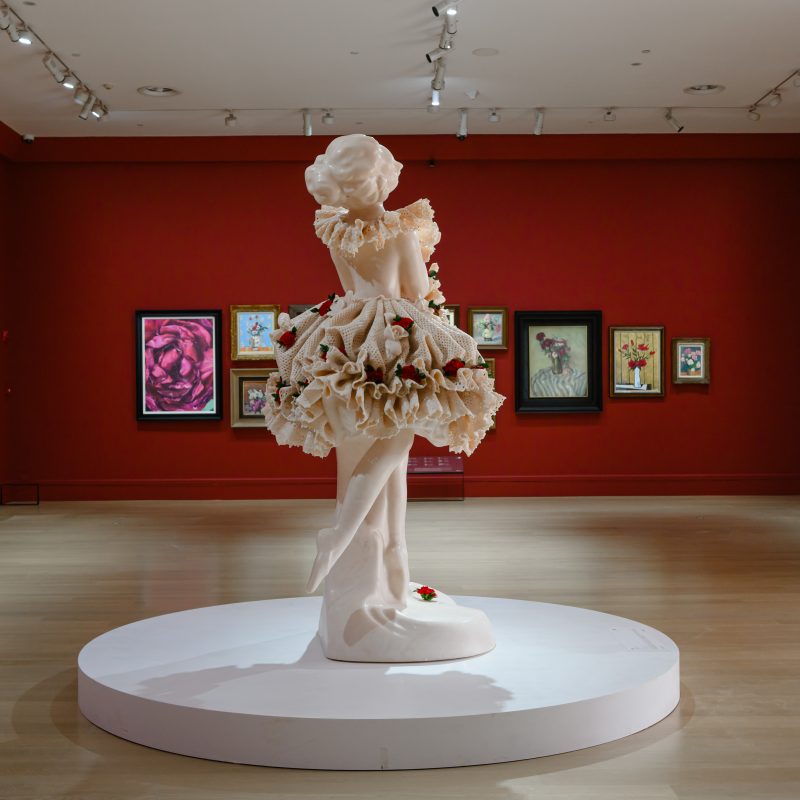Introduction
In the exbihition ‘Nothing Still About Still Lifes: Three Centuries of Floral Compositions’, there are numerous first and second generation pioneers of Chinese art education and fine arts who have made significant contributions to the field. During the symposium, scholars used the exhibited works of several Chinese artists, such as Chang Yu, Yan Wenliang, and Pan Yuliang, as examples to discuss the symbolic meanings of flowers in Chinese art. They focused on the cultural symbolism and iconographic significance of plants, exploring the evolution of the concept of ‘flower’ in Chinese art history, and examining the individual creative journeys and historical clues of artists who integrated Eastern and Western influences.
The symposium emphasized the pioneering role of overseas artists in promoting the development of modern Chinese art, revealing how images are reinterpreted and presented.This symposium explored the profound changes in art within cultural and visual mechanisms from dual perspectives of iconography and cultural history. It was hosted by Dr. Ma Nan from the Institute of Contemporary Art and Social Thought at the China Academy of Art. Through insights and interactive discussions among six experts and scholars (Cai Tao, Associate Professor at the Academy of Fine Arts and Humanities, Guangzhou Academy of Fine Arts; Sun Jing, curator and art theory practitioner; Li Zhaoxue, Associate Researcher at the School of Arts, Nanjing University; Liu Yuqian, curator at the Cheng Shifa Art Museum, Shanghai Chinese Painting Academy; Yang Xiao, Associate Researcher at the Art Research Institute, China Art Research Institute; Xu Yahui, editor at the Shanghai Oil Painting and Sculpture Institute Museum), the symposium deepened audiences understanding of modern art, traced the international influence and unique value of modern Chinese art, and enhanced public awareness of the multidimensional development of modern Chinese art and its position and significance in the global cultural context.


